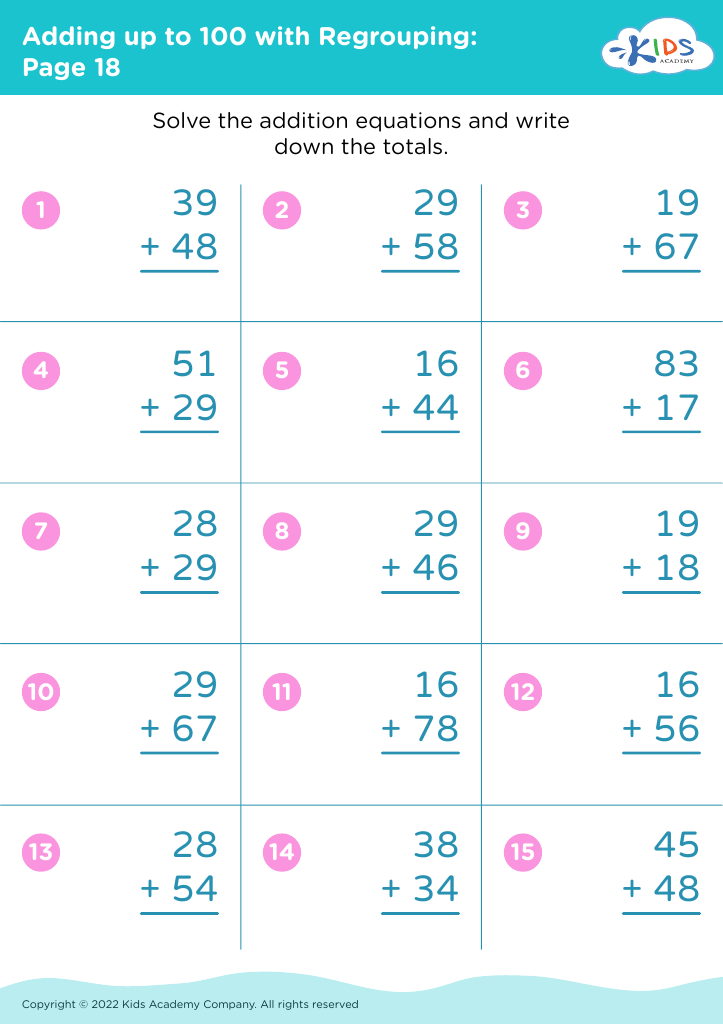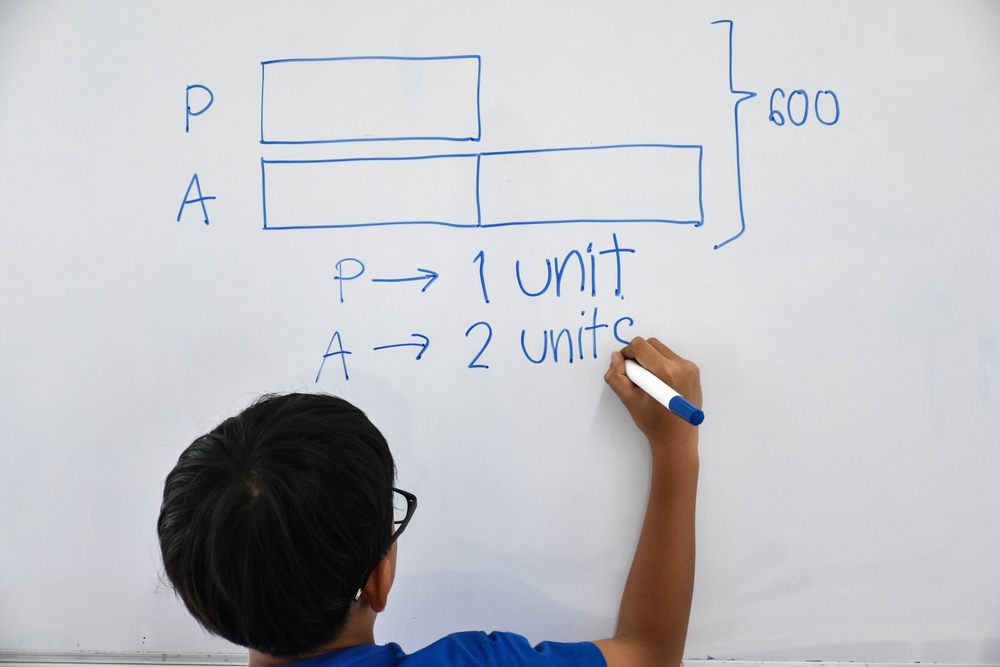Identifying patterns Worksheets for Ages 8-9
3 filtered results
-
From - To
Unlock your child's analytical skills with our "Identifying Patterns Worksheets" designed specifically for ages 8-9. These printable worksheets from Kids Academy aim to develop critical thinking by challenging young minds to recognize and complete various patterns. Through engaging activities with shapes, colors, and numbers, students enhance their problem-solving abilities in a fun, interactive way. Ideal for classroom or home use, our worksheets support the development of key learning skills essential for future math and science success. Empower your child today with the ability to understand and identify patterns seamlessly! Visit Kids Academy to get started.
Identifying patterns is crucial for children aged 8-9 because it lays the foundation for critical thinking and problem-solving skills, both of which are essential for future academic success and everyday decision-making. At this stage, children's cognitive abilities are rapidly developing, and recognizing patterns helps them understand complex concepts in math, science, and language arts.
For example, spotting a numerical pattern can make learning multiplication tables easier, while recognizing patterns in stories can enhance reading comprehension and storytelling abilities. Moreover, pattern identification promotes logical reasoning, enabling children to predict outcomes and make connections between different subjects and scenarios.
From a psychological perspective, mastering patterns boosts confidence and fosters a sense of achievement. Whether it’s arranging shapes in a particular order or recognizing sequences in nature, these activities make learning interactive and enjoyable.
In practical life, understanding patterns helps children anticipate daily routines, which provides them with a sense of security and organization. This skill set also aids in developing social understanding by recognizing behavior patterns and improving interpersonal skills.
In essence, nurturing the ability to identify patterns at a young age equips children with versatile tools for intellectual growth and personal development, making it an area of significant interest for both parents and teachers.



















